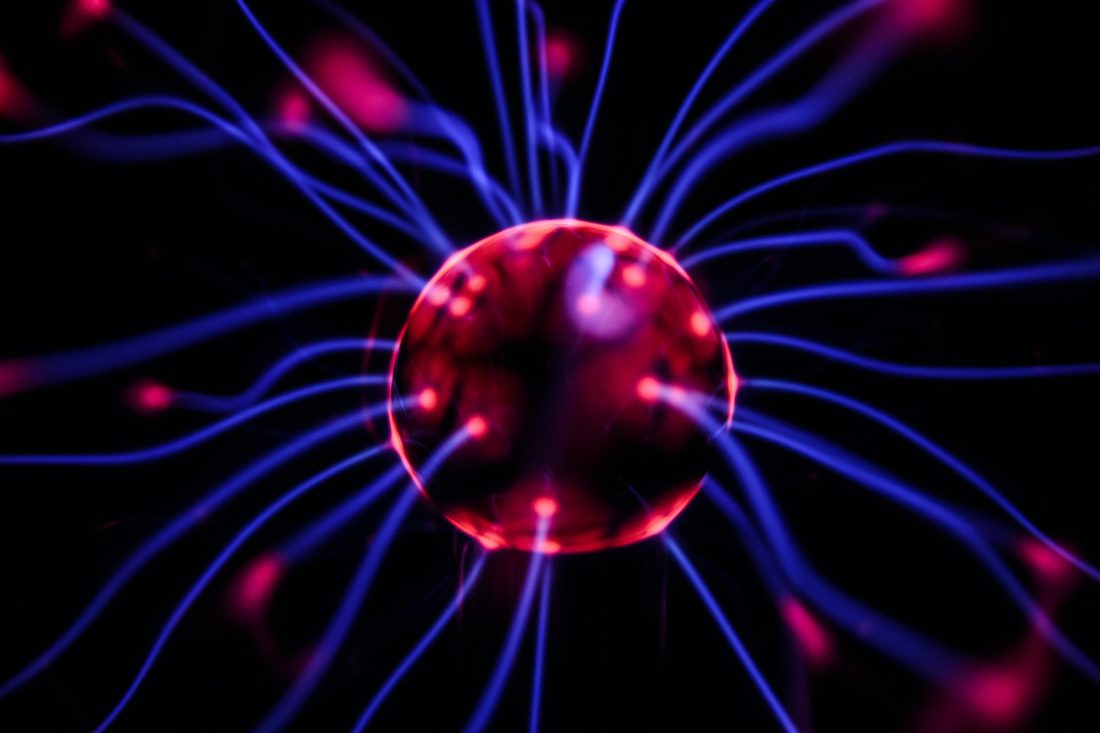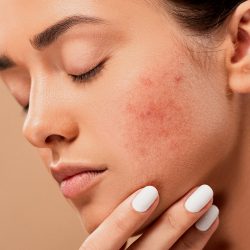Nervous system disorders and epilepsy
Still called “mal comitial” or “comitialité”, epilepsy is a very common neurological disorder which affects approximately 50 million people worldwide. It is the second neurological pathology in France after Alzheimer’s disease.
There is not an epilepsy , but many forms, with very diverse manifestations, depending on the area of the brain concerned. Epileptic seizures are caused by excessive discharges of brain neurons. Seizures qualified as “petit mal” mainly affect young children and the elderly and are essentially not manifested by absences of relatively short duration (a few seconds). When this disease affects children, it disappears in 6 out of 10 cases during adolescence.
There are many sites on the Internet, including :
- Epilepsy France , created since January 1, 2006 by the merger of BFE and ARPEIJE
- FFRE : French Foundation for Epilepsy Research
- LFCE : French League Against Epilepsy
The causes :
Epilepsy has no identifiable cause in half of people with epilepsy. In the other half, conditions can be attributed to various factors:
- Genetics : about 40% of epileptics have a genetic form
- Acquired : brain tumor, congenital malformation, brain injury, trauma
- Vascular : ischemic or hemorrhagic attack, brain malformation, head trauma, stroke, progressive neurodegenerative disease
- Infectious : encephalitis, meningitis, brain abscess
- Toxic : a high dose of alcohol, chronic alcoholism as well as withdrawal, drugs such as cocaine or amphetamine, antidepressants (overconsumption, overdose or withdrawal)
Epileptic seizures are classified into two categories :
- Generalized epileptic seizure: The abnormal electric shock diffuses to the whole brain from the start and there is usually loss of consciousness
- Partial epileptic seizure: The neuronal discharge is located in a specific place in the cortex and the clinical signs are related to the affected area
Generalized epileptic seizures :
Usually, unconsciousness occurs with movement disorders early on.
-
The tonic-clonic crisis (“grand mal”)
It is the most spectacular form of epileptic seizures.
It can be preceded by certain signs (aura), such as headache, fatigue, change in character, then we observe:
- Loss of consciousness with fall
- Tonic phase with contractions of the four limbs, the trunk and the head, that is to say muscular rigidity which can be accompanied by a bite of the tongue; it lasts 1 to 2 minutes
- Clonic phase with disordered contractions, in the form of convulsions
- Post-critical phase of recovery (resolving phase): it is basically a comatose stage with muscle relaxation, drowsiness, noisy breathing, loss of urine, bilateral Babinski sign (extension of the big toe by external stimulation of the sole of the foot)
This crisis lasts a maximum of 10 minutes. The patient regains consciousness little by little, moreover complains of fatigue and aches, without any memory of the episode.
-
Absences (“petit mal”)
This form is also the most common in children: there is no loss of consciousness or convulsions.
The following manifestations were observed:
- Abrupt and brief suspension of consciousness for 5 to 15 seconds
- Glassy gaze
- Blinking eyelids
- Possible hypersalivation
- Chewing
The patient then resumes his activity as if nothing had happened. These absences can be repeated 10 to 100 times a day in the absence of treatment.
Partial epileptic seizures :
The signs will be related to the affected area of the brain:
- Sensory hallucinations (visual, auditory, olfactory, taste)
- Abnormal movements or paralysis of the muscles of a limb, head, voice
- Numbness, paraesthesia (disturbance of sensitivity)
- Phobic anguish, hallucinations, disorders of comprehension, expression of language (disorders of psychiatric appearance)
- Tachycardia, hypotension, vomiting, diarrhea, dyspepsia (disorders of the vegetative nervous system)
Naturopathic advice to limit epileptic seizures :
Dietary changes and supplements can help drastically reduce seizures.
-
The ketogenic diet
It is a therapeutic regimen used for several decades to treat epilepsy, especially in children (before there were drugs or simply for those in whom they do not work). There is also now evidence that this diet works in adults who are resistant to antiepileptics (around 35% of patients).
In the ketogenic diet, the low amount of dietary carbohydrate leads the liver to metabolize fat in the form of ketones, among other things, and therefore to use fat as a source of energy, rather than carbohydrates. This change in fuel appears to have beneficial effects for the brain. These ketones provide relief from epilepsy by reducing seizures by at least half. They would modulate cerebral excitability.
The foods allowed in this eating mode are :
- All fats
- Meats
- Poultry
- Pisces
- Eggs
- Cheese
- Cream
- Nuts and seeds
- Green leafy vegetables and most non-starchy vegetables
Overall, the ketogenic diet corresponds to a 3: 1 or 4: 1 ratio between fat and the protein + carbohydrate couple, that is to say that 87 to 90% of calories come from fat.
Researchers at the University of California have observed beneficial effects of omega-3 supplementation in patients with epilepsy. This study shows that a low dose of omega-3 could decrease the frequency of seizures, and sometimes in some patients their disappearance.
Often patients with epilepsy on treatment lack certain minerals and vitamins. Studies have shown that normalizing vitamin D deficiency would have beneficial effects on the frequency of seizures. Vitamin D is said to have an anticonvulsant effect.
It is advisable to aim for a blood level of vitamin D between 30 to 45 ng / mL. For this, the daily intake must be 25 µg. From October to March, in our latitudes, supplements (vitamin D3) are often necessary.
Before the onset of antiepileptics, magnesium was used as an emergency treatment for seizures. Medicines are now available, but magnesium is still used to prevent and treat seizures. It could also increase the effectiveness of certain drugs like valproate.
For better fixation, it is preferable to use magnesium coupled with group B vitamins, more precisely B6, or even taurine.
Antiepileptic drugs often lower the level of vitamin E in the body. According to studies vitamin E helps the body to control epilepsy.
In the form of supplements, it is better to move towards natural forms ( tocopherols and tocotrienols ).
What plants for epilepsy ?
This plant is renowned among other things for its antiepileptic properties
- Red Vine EPS and Cranberry EPS :
Studies have shown that the resveratrol contained in red vine and cranberry juice, a stilbene would have an anticonvulsant activity as well as a powerful anti-inflammatory power to prevent the degeneration of nervous tissue.
The resveratrol partially inhibit landfills in a specific region of the hippocampus which generates an antiepileptic effect.
Licorice is a neuroprotective (the isoliquiritigenin it contains has a protective effect against mitochondrial damage and neuronal death of hippocampal neurons induced by glutamate, it protects dopaminergic neurons from oxidative stress by regulating apoptosis), which gives it anticonvulsant activity.
Valerian is an anticonvulsant and an antiepileptic in animals.







